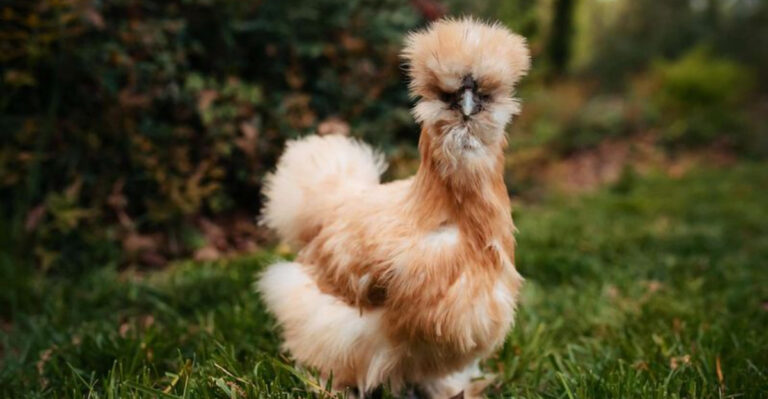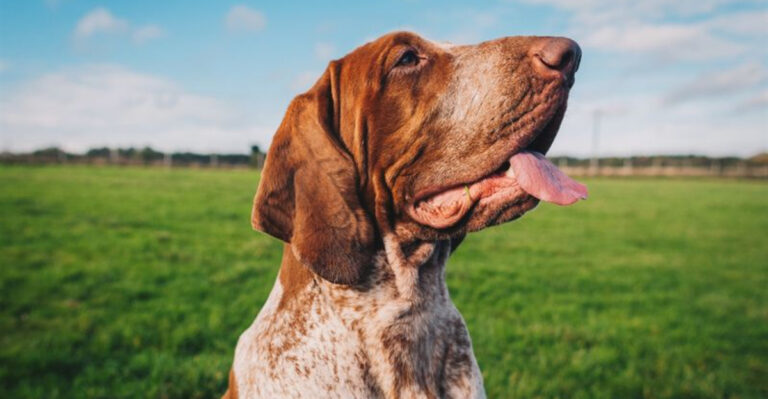15 Daily Care Routines That Every Horse Owner Should Follow
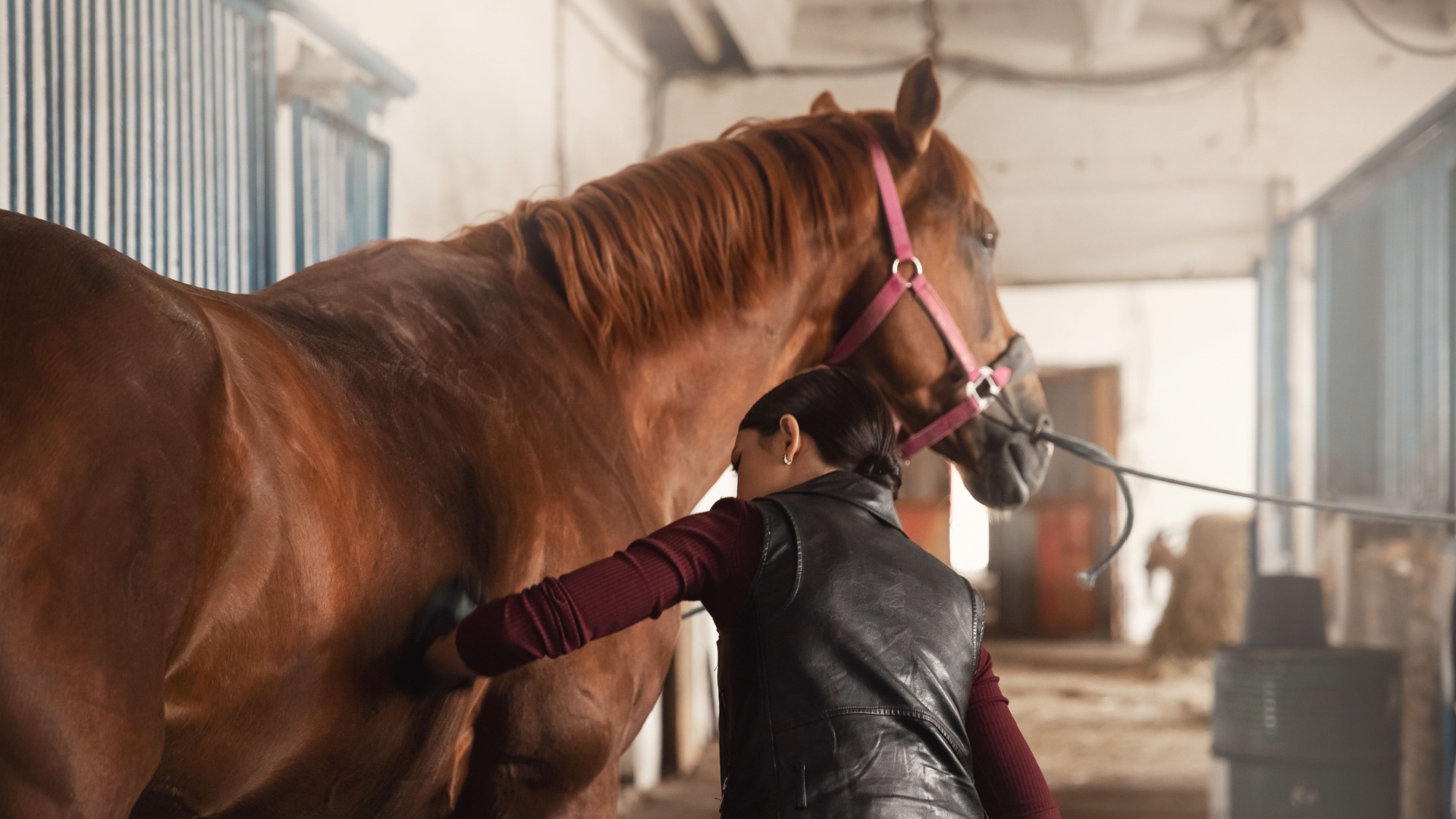
Owning a horse is a rewarding experience that comes with a set of responsibilities. Daily care routines play a vital role in ensuring the health and happiness of your equine friend.
Whether you’re a seasoned horse owner or just starting out, these daily care routines will help you provide the best care for your horse.
From feeding and grooming to health checks and exercise, each routine is designed to keep your horse in peak condition.
1. Morning Feed
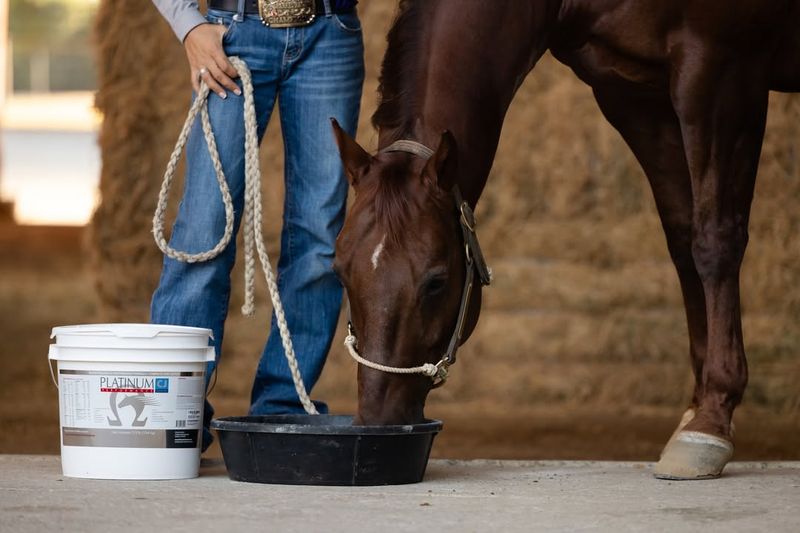
Feeding your horse every morning is the best way to start the day. Horses thrive on routine, and a consistent feeding schedule helps maintain their digestive health.
Begin by offering high-quality hay or pasture, ensuring that it is clean and free of mold. Consider each horse’s unique dietary needs, possibly supplementing with grains or pellets for additional nutrition.
This morning ritual not only nourishes your horse but also provides an opportunity to observe their behavior and health, setting the tone for a positive day ahead.
2. Grooming Session
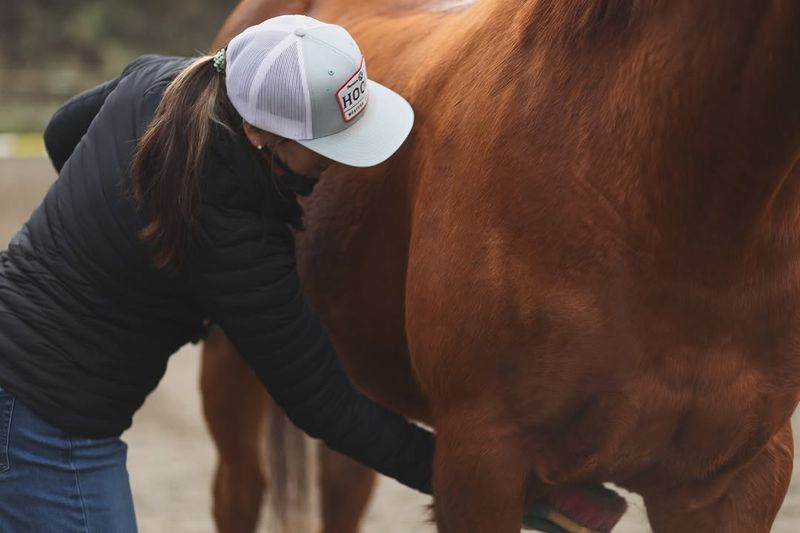
Grooming is more than just making your horse look good; it’s an essential part of their care routine. Use a curry comb to loosen dirt and hair, followed by a brush to remove the debris.
Grooming stimulates blood circulation and affords you the chance to check for injuries or abnormalities.
Additionally, grooming builds trust between you and your horse. Pay attention to their reactions as you brush, and reward them with gentle pats or a treat.
3. Health Check
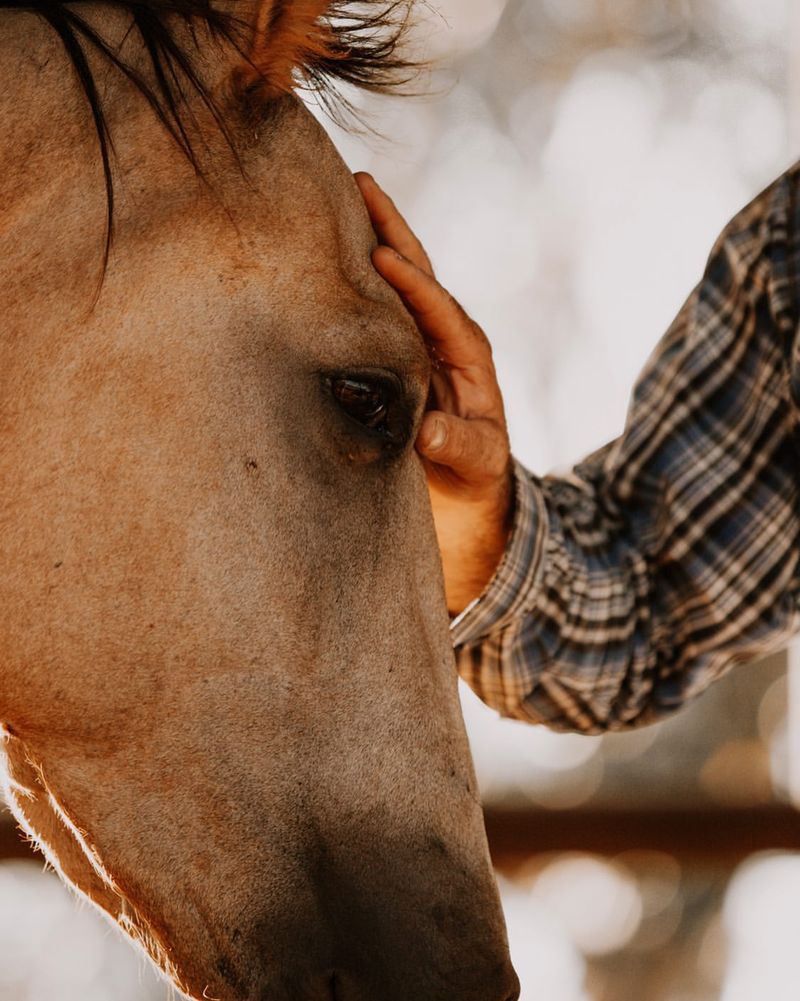
Daily health checks are vital in preventing illness and identifying potential problems early. Check your horse’s eyes, ears, and nose for any signs of discharge or inflammation.
Observe their gait to spot any signs of lameness or discomfort. Listening to their gut sounds is important to ensure they are regular and healthy, and you should also monitor their breathing and heart rate.
This routine helps maintain your horse’s well-being and allows you to provide immediate care or consult a vet if necessary.
4. Hoof Care
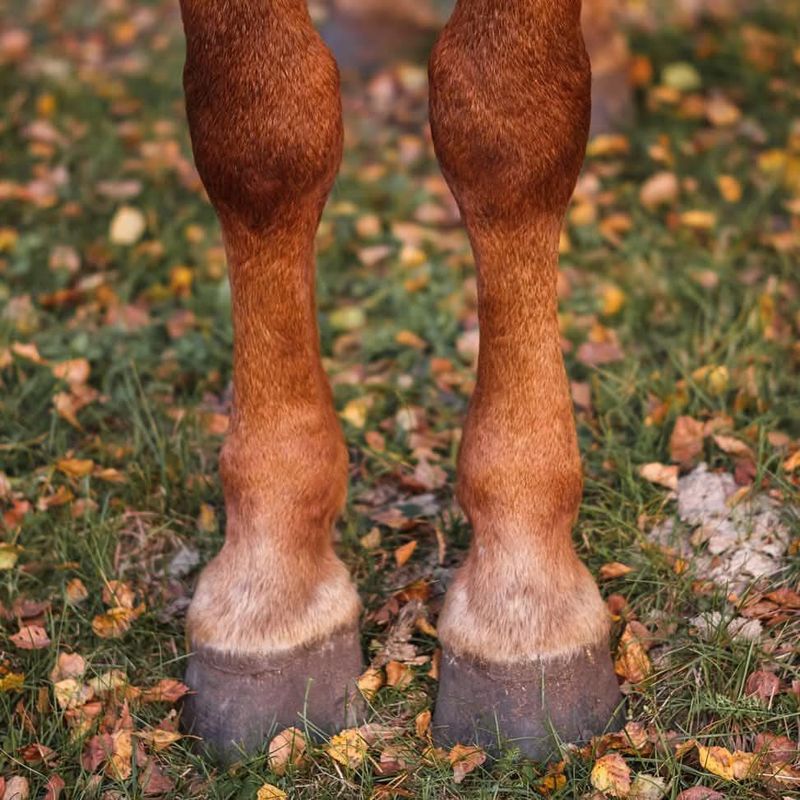
Inspect each hoof for cracks, embedded stones, or other abnormalities. Use a hoof pick to clean out any debris, being gentle yet thorough.
Regular trimming by a professional farrier is essential, but daily checks help prevent minor issues from escalating. Healthy hooves are crucial for a horse’s overall well-being, influencing their posture and movement.
This simple routine ensures that your horse remains comfortable and free from foot-related ailments.
5. Exercise Routine
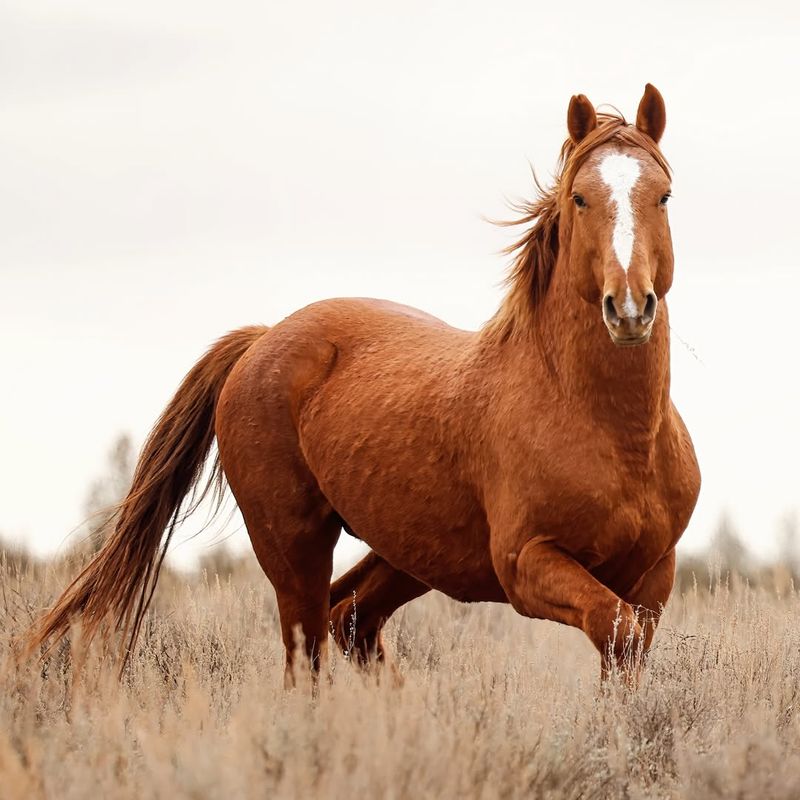
Horses need regular exercise to maintain their physical and mental health. Whether it’s a brisk ride, lunging session, or turnout in a paddock, daily exercise is a must.
Tailor the routine to your horse’s age, breed, and fitness level. Exercise not only builds muscle and stamina but also prevents boredom and behavioral issues.
Pay close attention to your horse’s response to the activity, adjusting as necessary to keep them engaged and happy.
6. Water Supply Check
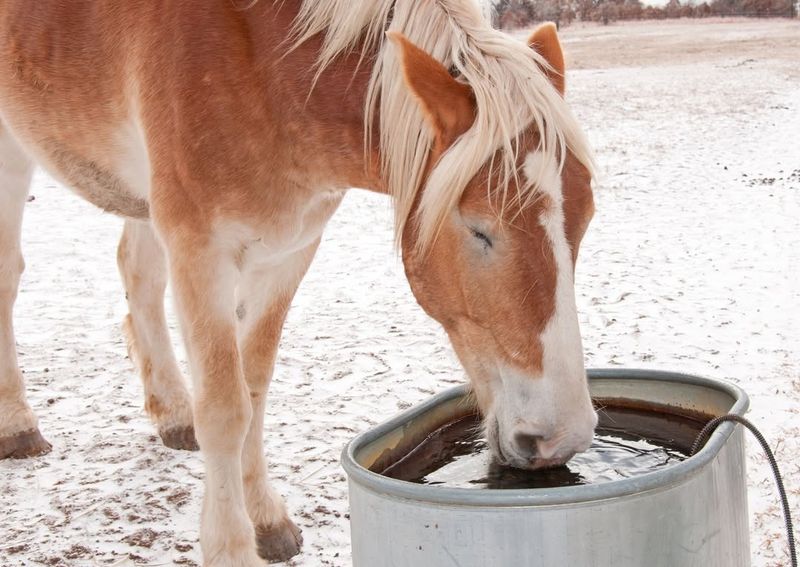
Ensuring your horse has access to fresh, clean water is non-negotiable. Horses can consume up to 10 gallons a day, depending on their size and activity level.
Check their water supply at least twice daily, cleaning the trough to remove algae or debris. This simple action has a big impact on your horse’s well-being.
Regularly refreshing their water is an opportunity to assess your horse’s drinking habits as well, which can be an indicator of their health.
7. Tack Maintenance
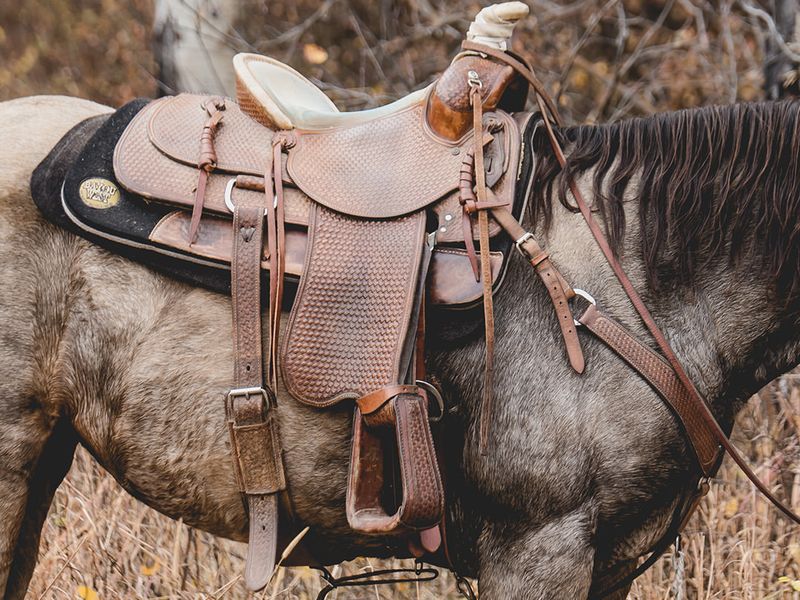
Well-maintained tack is essential for the safety and comfort of both horse and rider. Daily cleaning and inspection of your saddle, bridle, and other equipment prevent wear and tear that could lead to accidents.
Use a damp cloth to wipe down leather, checking for any signs of damage. Not only does this prolong the life of your tack, but it also ensures your horse is comfortable during rides.
Regular maintenance is a small investment of time that pays off in safety and longevity of your equipment.
8. Bedding Check
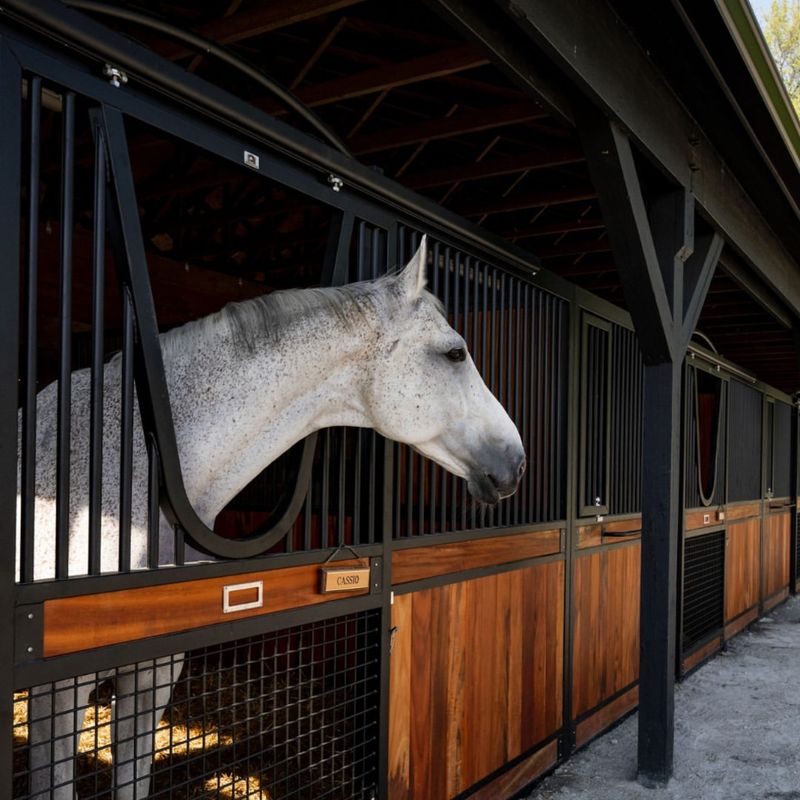
A clean and comfortable stall is a must for your horse’s rest and happiness. Daily bedding checks involve removing soiled straw or shavings and replacing them with fresh material.
This routine helps prevent odor and reduces the risk of infections.
By maintaining a clean stall, you ensure your horse has a pleasant place to relax. It’s also a good time to inspect the stall for any hazards or damage.
9. Parasite Control
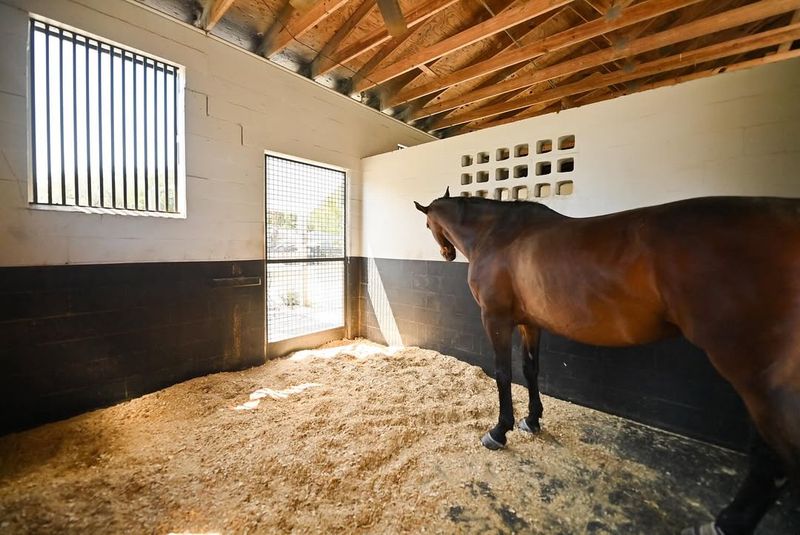
Parasites are a common concern for horses, but regular control measures can help keep them under control. Administer dewormers as recommended by your vet, adjusting the schedule based on your horse’s age and environment.
Daily checks for signs of parasites, such as weight loss or a dull coat, are essential. Keeping your horse’s living area clean and promptly removing manure also helps manage parasites effectively.
This routine is crucial for maintaining your horse’s health and preventing the discomfort and health issues parasites can cause.
10. Stable Ventilation
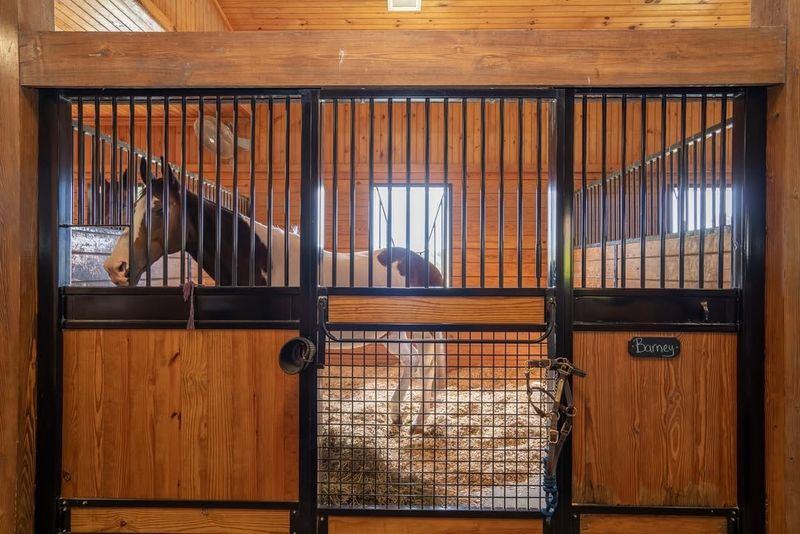
Good ventilation in the stable is key to your horse’s respiratory health. Ensure that windows are open and fans are functioning to circulate fresh air.
Ammonia buildup from urine can irritate a horse’s lungs, making ventilation a priority. Regularly checking the air quality in the stable ensures a healthy environment for your horse.
This simple yet effective routine helps prevent respiratory issues and keeps your horse comfortable, showcasing the importance of fresh air in animal care.
11. Social Interaction
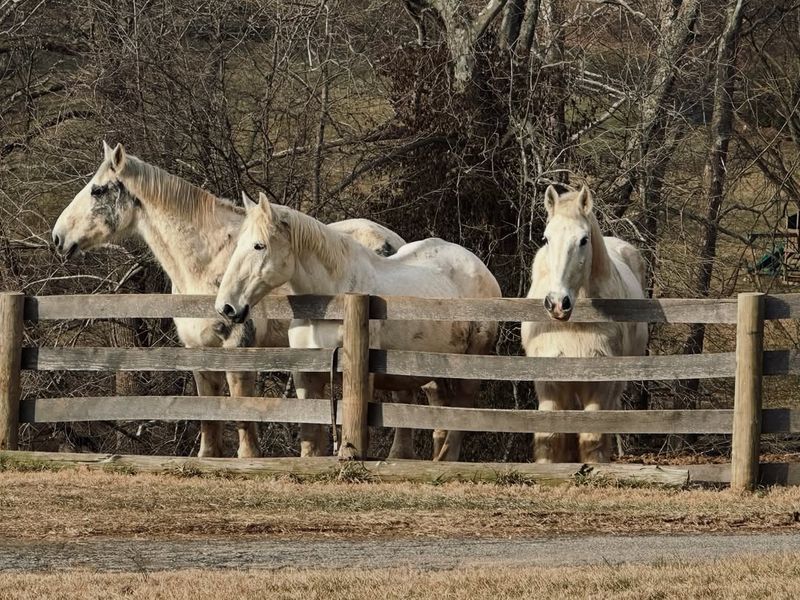
Horses are social animals, and daily interaction with humans and other horses is crucial for their well-being. Allow your horse time to socialize with herd mates, which can reduce stress and prevent loneliness.
Spending time with your horse, whether through grooming or light play, strengthens your bond and provides mental stimulation.
This aspect of care is as important as physical health, contributing to a happy, well-adjusted horse. Social interaction enriches their life, and yours too.
12. Temperature Monitoring
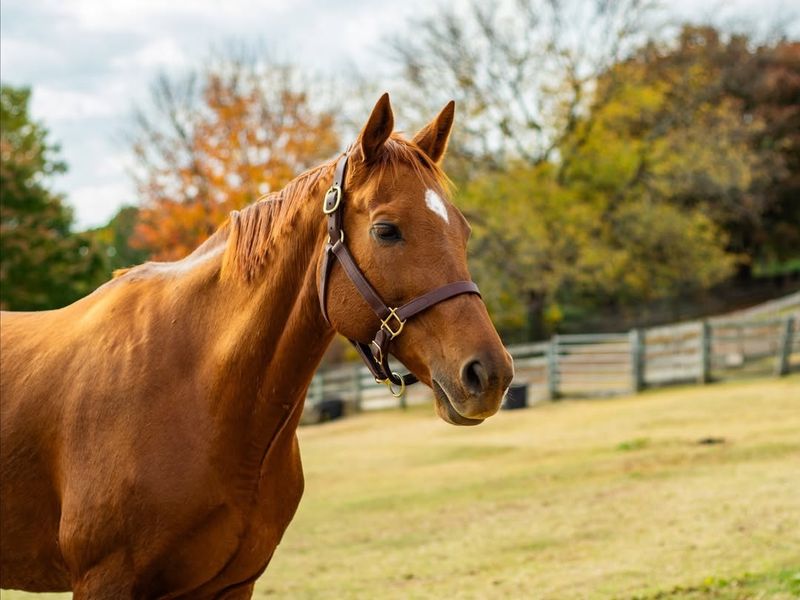
Keeping an eye on your horse’s temperature can provide early warning signs of illness. Use a digital thermometer to check if your horse’s temperature is within the normal range.
This routine helps catch infections early, allowing prompt treatment and care. Temperature monitoring, though simple, is a powerful tool in maintaining your horse’s health.
It ensures you catch any health issues before they become serious.
13. Pasture Management
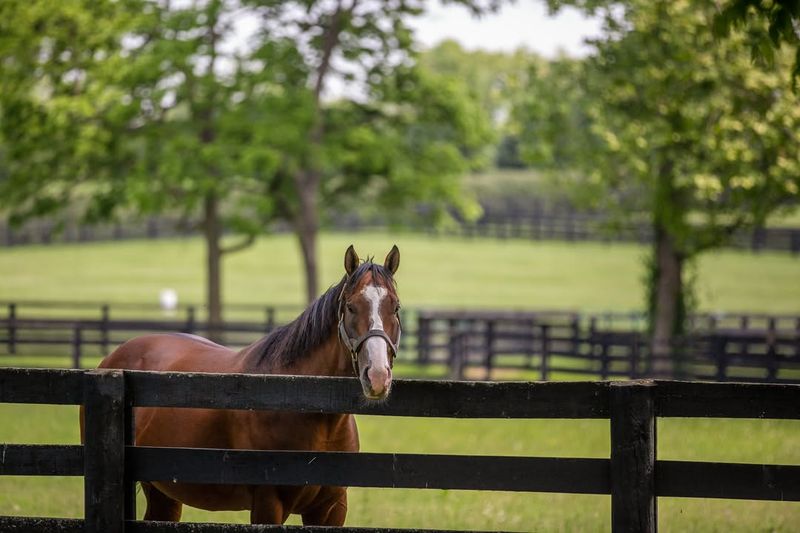
A healthy pasture is essential for a horse’s diet and mental health. Regularly inspect your pasture for poisonous plants, holes, and other hazards.
Rotate grazing areas to prevent overgrazing and allow grass to recover. Fencing should be checked to ensure it remains secure.
By managing your pasture, you provide a rich, safe environment for your horse to graze and exercise.
14. Record Keeping
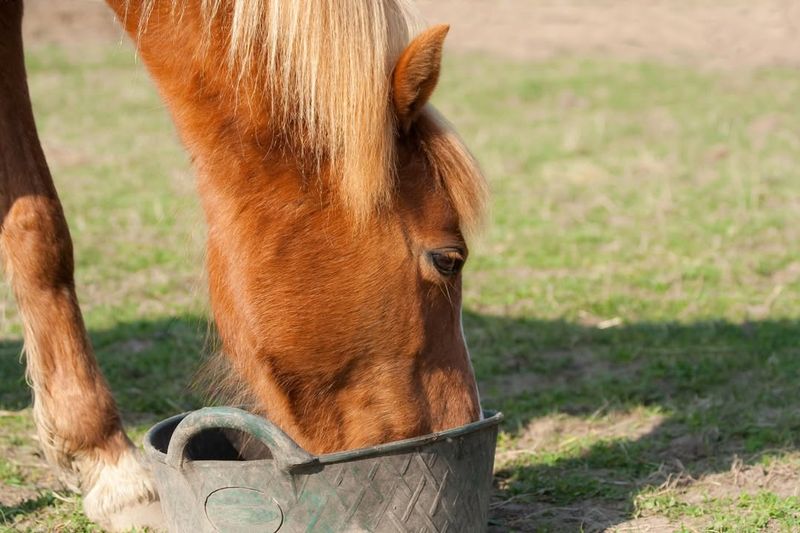
Keeping detailed records of your horse’s health, feeding, and care routines is invaluable. It helps track changes in your horse’s condition and provides a history for consultations with your vet.
Daily notes on feeding, exercise, and any health concerns allow for informed decisions about their care. This habit ensures continuity and consistency, especially if someone else cares for your horse in your absence.
Record keeping is a cornerstone of responsible horse ownership, aiding in the smooth management of their needs.
15. Emergency Preparedness
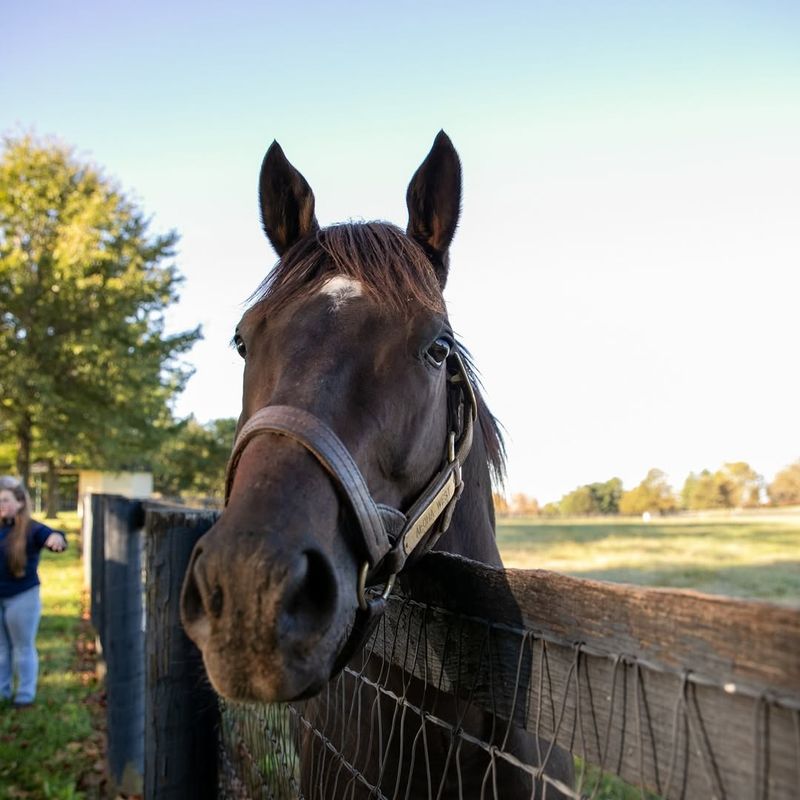
Being prepared for emergencies can make a significant difference in critical situations. Keep a well-stocked first aid kit in the barn, including bandages, antiseptics, and other essentials.
Make sure you have emergency contacts, such as your vet and farrier, easily accessible. Regularly review and update your emergency plan, and practice mock scenarios to stay prepared.
This proactive approach ensures you’re ready to act quickly, providing peace of mind for you and safety for your horse.


